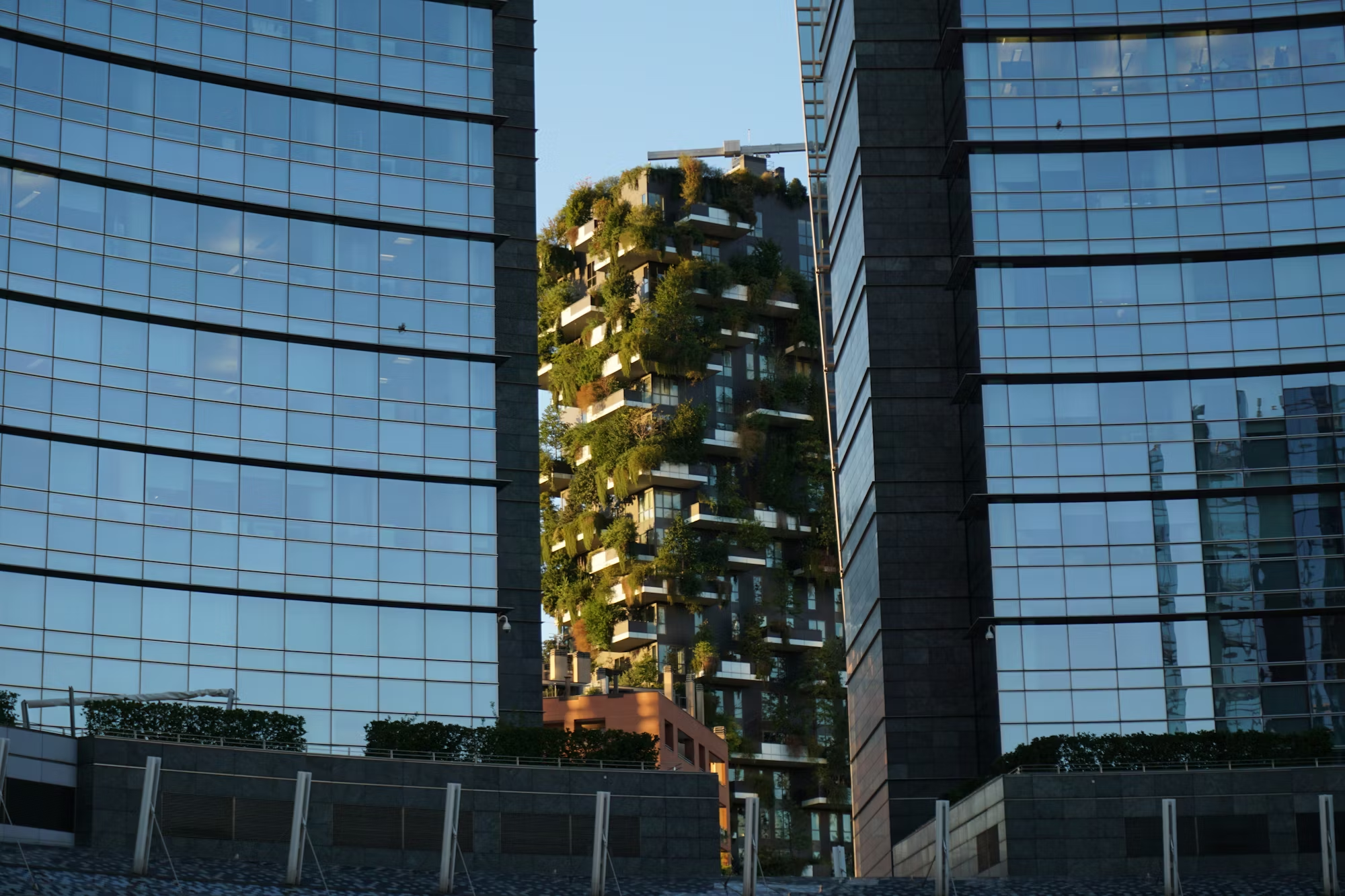In recent years, the trend of adaptive reuse has gained significant traction within the real estate industry. This innovative approach involves repurposing old buildings for new uses, breathing new life into structures that may otherwise fall into disrepair. As urban areas evolve and demand for sustainable solutions increases, adaptive reuse presents a compelling strategy for revitalizing urban spaces while preserving historical character.
Adaptive reuse offers numerous advantages. Firstly, it promotes sustainability by reducing the need for new construction, which often involves the depletion of natural resources and increased waste. By repurposing existing structures, developers can minimize their environmental impact, conserving energy and materials. This practice aligns with the growing consumer demand for sustainable development, making adaptive reuse an attractive option for environmentally conscious investors and residents alike.
Moreover, the historical significance of many buildings enhances the charm and character of urban environments. Older structures often possess unique architectural features that modern buildings lack, providing a sense of identity and continuity in rapidly changing cities. By retaining these historical elements, adaptive reuse can contribute to a city’s cultural heritage, fostering a sense of pride among residents and attracting tourists.
In addition to its environmental and cultural benefits, adaptive reuse can be economically advantageous. Renovating an existing building is often less expensive than new construction, particularly in urban areas where land costs are high. Developers can also benefit from tax incentives and grants designed to encourage the preservation of historical properties, further enhancing the financial viability of adaptive reuse projects.
However, the adaptive reuse process is not without its challenges. Navigating zoning regulations, building codes, and historical preservation guidelines can be complex and time-consuming. Developers must work closely with local governments and communities to ensure compliance and gain support for their projects. This collaboration is essential to address concerns regarding the potential impact on the surrounding area and to foster community engagement.
Another challenge lies in the need to modernize older buildings to meet contemporary standards. Many structures may require significant upgrades to electrical, plumbing, and HVAC systems to accommodate new uses. Balancing the preservation of historical features with the need for modern amenities requires careful planning and creativity. Successful adaptive reuse projects often involve innovative design solutions that honor the building’s history while enhancing its functionality.
Cities around the world are embracing adaptive reuse as a means of revitalizing urban areas. In the United States, cities like San Francisco and New York have seen a surge in adaptive reuse projects, transforming warehouses, factories, and historic buildings into vibrant spaces that serve the community. For instance, the High Line in New York City, once an abandoned elevated railway, has been transformed into a thriving public park, showcasing the potential of adaptive reuse in urban revitalization.
Internationally, cities such as Berlin and Melbourne are also leading the charge in adaptive reuse. In Berlin, former industrial spaces have been converted into creative hubs, housing art galleries, startups, and cultural institutions. This transformation has not only revitalized the economy but also fostered a vibrant arts scene that attracts residents and visitors alike. Similarly, Melbourne’s focus on adaptive reuse has resulted in the conversion of historic buildings into stylish apartments, cafes, and retail spaces, enhancing the city’s urban landscape.
The impact of adaptive reuse extends beyond the individual buildings themselves; it also plays a vital role in shaping neighborhoods. By revitalizing neglected areas, adaptive reuse can stimulate local economies and attract new businesses. The presence of creatively repurposed spaces can enhance property values and create a sense of community, drawing people to explore and invest in the neighborhood.
Moreover, adaptive reuse encourages social interaction and connectivity among residents. By transforming former industrial sites into mixed-use developments, communities can benefit from shared spaces that foster collaboration and engagement. This approach promotes a sense of belonging and strengthens social ties, making neighborhoods more resilient and vibrant.
As cities continue to grapple with challenges such as urban sprawl, housing shortages, and environmental concerns, adaptive reuse presents a viable solution. By prioritizing the repurposing of existing structures, urban planners and developers can create livable, sustainable environments that honor the past while embracing the future. This approach aligns with the principles of smart growth, focusing on the efficient use of resources and the preservation of community character.
In conclusion, adaptive reuse is revolutionizing the real estate landscape by offering a sustainable, economically viable, and culturally enriching approach to urban development. By transforming old buildings into vibrant spaces, this trend not only preserves historical integrity but also fosters community engagement and economic revitalization. As cities evolve, the importance of adaptive reuse will only continue to grow, providing innovative solutions to the challenges of modern urban living. Embracing this trend can lead to the creation of dynamic, inclusive, and resilient urban environments that reflect the rich tapestry of their histories while catering to the needs of future generations.





